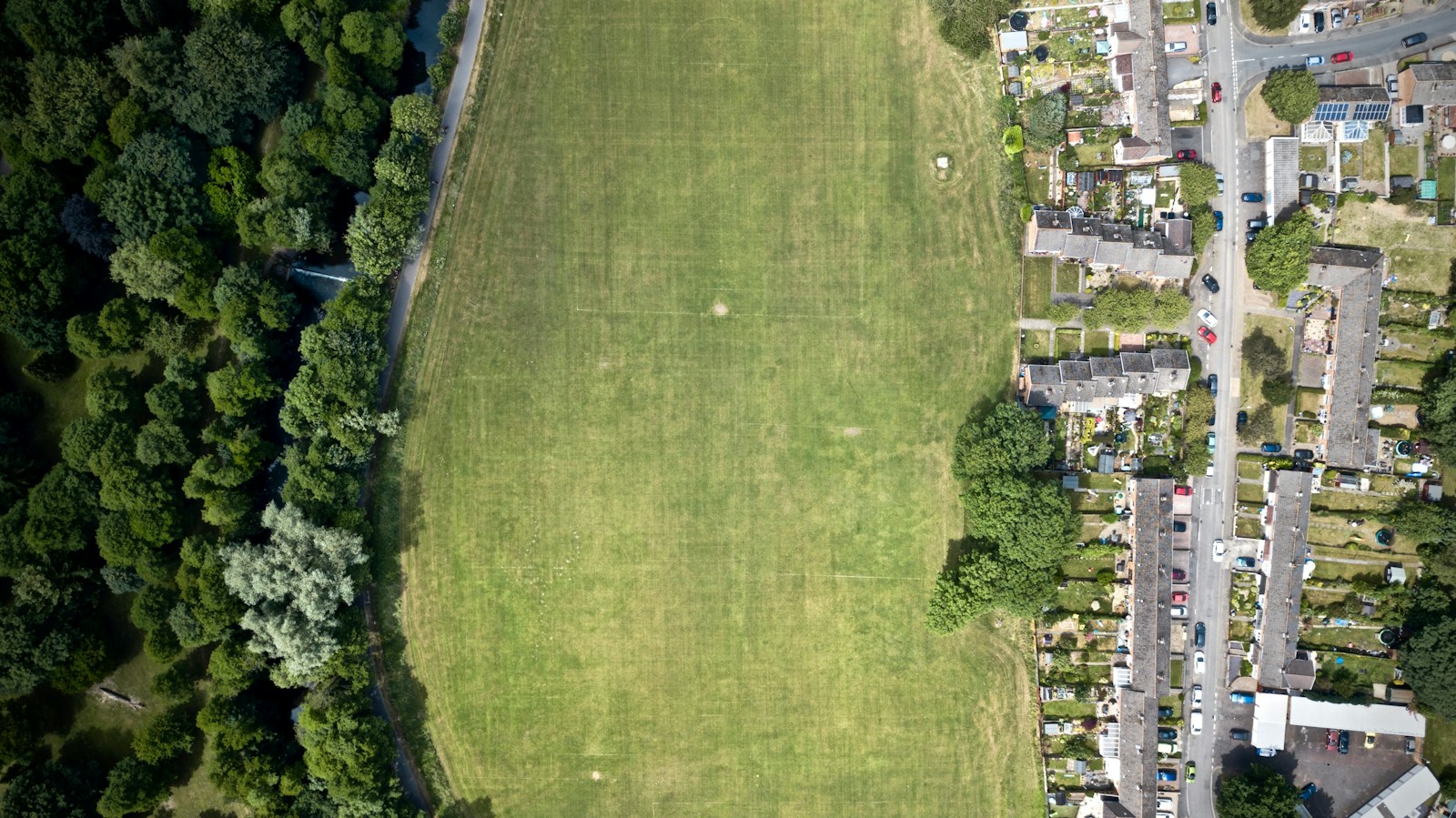One of the biggest criticisms of capitalism and the free market has been the increased unaffordability of housing in particular, but land assets in general, as farmers now are often unable to afford the cost of owning land and farming on it. This is often blamed on capitalism when it is really a result of the monetary system, which at different points in history has been different than the current fiat (credit creation) monetary system.
Few mainstream economists directly address differences in credit creation when referring to the monetary system, generally sticking to the big-picture ideas of hard money vs. fiat money. But the economist Richard Werner, who coined the term Quantitative Easing (QE), has argued that this is a big part of the boom-bust cycle, and was the major cause of the housing and asset bubbles in Japan (1989), and in Europe and America during the GFC.
Unlike machines, technology, or resources, land is relatively fixed, and housing and food production our necessities not luxuries. Many capitalists believe that there should be at least some regulation to avoid monopolies in industry, or in the government, and for the stability and fairness of society it can be argued that the same should exist for land and housing. Credit creation is often assigned based on existing assets or income. If credit creation is allowed for property investment, it means that more credit (more money) and the ability to acquire more housing is given to those who already own housing. This in general is those that came first (the old) or those that are already rich. In introduces an inherent unfairness at the level of necessity in the free market system, leading to instability and at the extremes, the motivation to move away from democracy and free markets to authoritarianism whether communist or fascist.
While removing all credit creation, particularly overnight, may not be feasible, there is a spectrum of possible solutions laid out in the table below. It could also be that the deposit (particularly for investors), could be increased at a steady rate over time (20% year 1, 30% year 2, etc. 50% year 3), so as not to destabilize the current equilibrium, allowing the economy to adjust to the new environment.
| Property Investors | Owner-Occupied | |
| Most Restrictive | No credit creation for land asset purchases at all | No bank credit creation for owner occupied |
| – | No credit creation for investors | Credit creation permitted for owner-occupied |
| – | Credit creation for investors for new builds but not established properties | Credit creation permitted for owner-occupied (established and new builds) |
| – | Credit creation for investors for and established (40% deposit) new builds (20% deposit) | Credit creation permitted for owner-occupied, established (20% deposits) new build (10%) |
| Least Restrictive | Credit creation for investors for and established (20% deposit) new builds (10% deposit) | Credit creation permitted for owner-occupied, established (20% deposits) new build (10%) |

